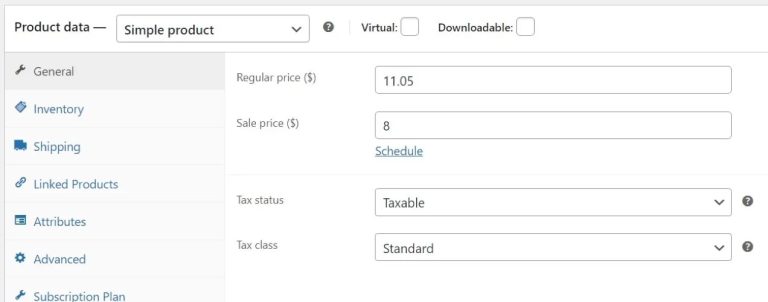You’ve crafted a business plan and selected a business model. Perhaps you’ve even started selling. Now, it’s time to develop a business strategy to ensure growth and sustainability.
Starting and running a business is thrilling and offers independence and growth potential, but it’s crucial to establish a clear strategy before advancing too far.
A well-thought-out strategy increases the likelihood of long-term profitability. Let’s explore how to create a business strategy.
A business strategy is an action plan detailing how to achieve your business goals and grow your company. It’s different from a business plan and model.
Business Plans
Business plans are typically created before launching a business, often to secure funding from investors. They outline what the company will be, the products and services offered, differentiation from competitors, and initial marketing plans. Business plans generally have high-level objectives.
Business strategies are more specific and action-oriented, providing guiding principles for achieving growth and success.
Business Models
A business model explains how your organization will operate. It defines the type of business, whether online or hybrid, the target market, pricing strategy, and more.
The best business strategies demonstrate how to transform a business plan into a thriving company.
Without a business strategy, you may find yourself constantly addressing emergencies. A strategy helps you lead, build, innovate, and stay focused on established objectives rather than chasing trends.
An effective business strategy doesn’t require a degree from a prestigious business school. You can create a winning strategy by focusing on key components:
Pricing Strategy
Detail how you’ll price products and services to ensure profitability and growth. Consider tactics like product add-ons, memberships, loyalty programs, sales, discounts, premium pricing, and enterprise services.
Marketing Strategy
Identify your target audience and how to engage them. Determine if you’re drawing from existing markets or creating new ones. Decide on strategies for attracting and retaining customers, using search ads, social media promotions, or email marketing. Choose media channels and marketing approaches, such as direct, brand, influencer, or multichannel marketing.
Product Development
Plan which products to develop, how, and when to release them. Consider resource acquisition and cost management to maintain profitable pricing. Decide on inventory management strategies, distribution networks, and options like dropshipping or print on demand.
Customer Service
Implement a customer service approach aligned with your audience and company values. Determine how you’ll engage with customers, whether online or through direct communication. Provide detailed explanations and support.
Hiring and Training
Hire individuals aligned with company values. Define your approach to hiring and training, focusing on values over skills. Ensure employees fit well within the team and serve customers effectively.
Use of Resources
Identify necessary resources for development, manufacturing, packaging, and shipping. Develop a budget strategy for lead generation and training. Plan for unexpected growth or challenges and have strategies to pivot when needed.
Tactics
Tactics are specific actions to implement your strategy. If aiming to be a premium brand, outline steps to achieve this. Develop tactics for each strategy component.
Creating a business strategy involves several steps:
- Craft the Vision: Develop a vision for success based on your company’s mission and values.
- Analyze the Competition: Understand competitors to inform your strategy.
- Perform a SWOT Analysis: Identify strengths, weaknesses, opportunities, and threats.
- Specify Your Goals: Set goals for each business aspect, ensuring clarity and guidance.
- Identify Tactics for Each Goal: Develop tactics to achieve goals, such as increasing revenue per transaction.
- Choose Tech Platforms and Systems: Select necessary software and systems based on your strategy.
- Address Key Business Aspects: Cover all business components, even if you’re a solo entrepreneur.
- Make it Flexible and Adaptive: Plan for updates and adaptability to changing circumstances.
- Measure Success: Use metrics and KPIs to track progress and guide adjustments.
Using these components and steps, your company will be well-positioned for growth, turning your business into the dream experience you envisioned. Developing a strategic plan transforms your idea into a reality, providing a competitive advantage and helping achieve business goals. It’s time to start building.






